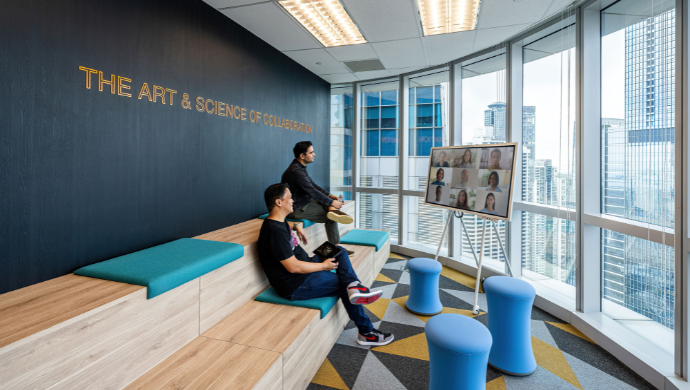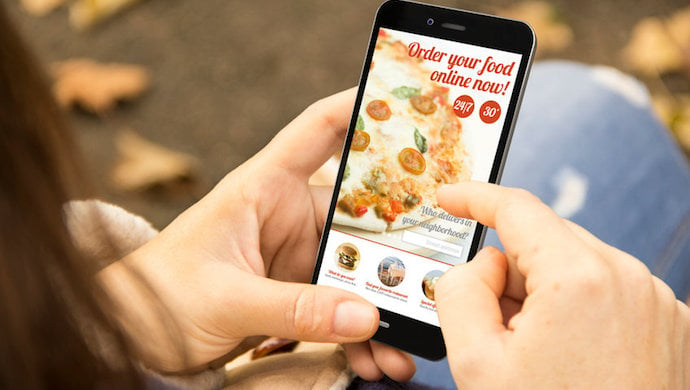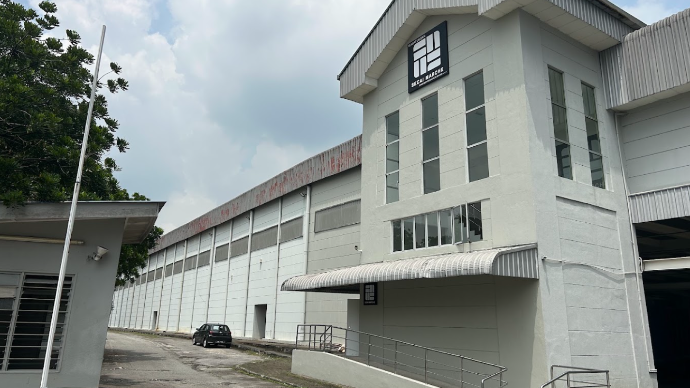
Visiting a friend with younger children, I had the excruciating moment of re-discovering stepping on a LEGO block. As I gouged out this little red block of sharp angles and contemplated it, I realised this toy and brand have been with me my entire life, and it looks exactly the same as when I played with it (which is definitely a few years ago).
It is such a simple design and idea, and yet it has persisted as one of the largest toy companies in the world. As I googled, I saw this Danish company’s US$9.7 billion revenue had “out-paced” the toy industry. I also realised it had been around since the 1930s. The actual patent expired in 1989.
So how has such a simple, aged toy maintained such a dominant position in the “Plastic Construction Toy” category? And how has a Danish company with a small domestic market driven this global success?
Take a step back and ask where you have seen LEGO recently. As a Star Wars kit? As an amusement park experience (LEGOLAND)? At the Levi’s store, embedded into a jean jacket? At a retail mall with models on display? As a combined online and offline interaction? The answer is correct for all. And it is only the tip of the iceberg of where and how LEGO shows up in its ecosystem.
LEGO is not just plastic construction toy, it is an entire experience around their key sub-brand “Bricks World”, enabled primarily via a clear and compelling Ecosystem Strategy.
Think about the LEGO joint branding and marketing deals with the biggest brands out there. They don’t go small with their marketing alliances. It’s Disney (including Star Wars and Marvel Comics), Warner Studio (which also includes DC comics), Adidas, IKEA, or Levi’s. They do deals with governments for LEGOLAND (Malaysia, Dubai, USA, Germany, Japan). It’s education-oriented, similar to NASA or the Museum of Modern Art (MOMA).
But it’s also the huge digital component of the experience. It’s offline but online as well, with over 180 video games released. It’s “LEGO Star Wars: The Video Game”, but it’s the fluid experience across physical (retail, community, leisure park), online, and physical home-play.
“The entire Lego ecosystem is actually, I think, only at the beginning. So, it’s less about just creating an e-commerce store or an online store. It is really about this entire digital ecosystem and creating that future,” said LEGO CEO Niels B. Christiansen.
Also Read: Lead, don’t follow: The essential guide to category creation and market domination
It is clear that LEGO is executing an experience ecosystem strategy. They are the orchestrators for this and have a clear strategic intent to continue evolving this experience and ecosystem and to continue dominating the Plastic Construction Toy category.
From blocks to chips
Let’s shift our thinking from plastic interconnecting blocks to the more complex semiconductor chips. Whether you know it or not, the smartphone device you currently have in your hand or beside you invariably has most of its chips linked to the company Advanced RISC Machine (ARM).
In fact, 90 per cent of smartphones produced globally have ARM designs in them (and thus pay royalties to ARM). For “higher-end smartphones”, the market penetration and share are an astounding 99 per cent.
As a global success story, driven by a UK based company, it has been largely driven by an ecosystem strategy, but one with a very different nuance than LEGO’s.
This category and ecosystem of “Processor IP” has brought together silicon, system and software companies to ship more than 250 billion ARM-based chips to date. These players are often ruthless competitors (Apple and Samsung for example), but participation in the ecosystem means “the sum is greater than the parts” and specific benefits arise. Joint research into chip design benefits all players involved, even though they also compete with each other.
This is a design ecosystem that was built by ARM and continues to dominate.
“Ecosystem strategy” is eclipsing “platform as a strategy”
The above ecosystem examples go beyond the traditional model of a business network of suppliers, partners and customers. However, it also goes beyond the more recent models around a managed platform of products and services.
In both the LEGO and ARM cases, the domestic market and country of origin have not held back the success of the company but have, in fact, induced a “think different” approach around their category and ecosystem.
Also Read: Leading the category, then losing it all: What WeWork can teach us
Don’t find your tribe, build it
So, how do I get started with this design thinking and strategy?
Start with the category you are in or want to be in. What problem are we solving? What entire experience are we delivering? How can we tell a great point of view that leads with this perspective (and doesn’t immediately lead with your product or company)?
A category (or ecosystem) cannot exist as one company. Categories and ecosystems feed off of each other. Visualise (draw) the ecosystem with your company as one slice of it, but what other players/components/influencers are there? Does this visualisation truly describe both the category and ecosystem?
What role will you play in the ecosystem? Will you be the instigator? Or do you believe you can be the orchestrator? Think carefully—the resourcing required to truly be the orchestrator and to maintain that role is substantial.
How will information and knowledge sharing occur and be managed across the ecosystem? Can you add this to the visualisation?
How do data, transactions, or the experience flow? Will there be transaction and data sharing?
How will business and technology innovation occur via the ecosystem?
By designing and catalysing this category and symbiotic ecosystem, how big does it get? What new economics are created (beyond the basic TAM (Total Addressable Market) of the existing market)? How do participants in the ecosystem benefit?
Admittedly, these are rudimentary questions that require a lot of thought and delivery on very complex issues. But start there and do not let your geo, market, or thinking hold you back. It is about designing a category, ecosystem, and global levels!
Lead, don’t follow!
It has been my privilege to work in, and with, companies who are truly designing and dominating their category, with the ecosystem strategy at its very heart. Carpe Diem!
—
Are you ready to join a vibrant community of entrepreneurs and industry experts? Do you have insights, experiences, and knowledge to share?
Join the e27 Contributor Programme and become a valuable voice in our ecosystem.
Enjoyed this read? Don’t miss out on the next insight. Join our WhatsApp channel for real-time drops.
Image credit: Canva Pro
This article was first published on July 30, 2024
The post Small country and market? Punch heavier with an ecosystem strategy appeared first on e27.







 Source: Regrained
Source: Regrained



